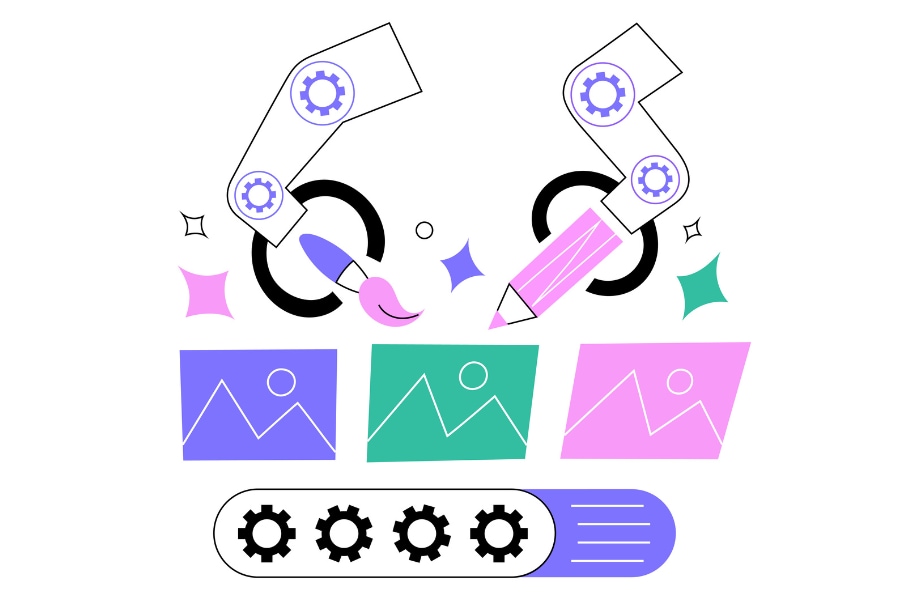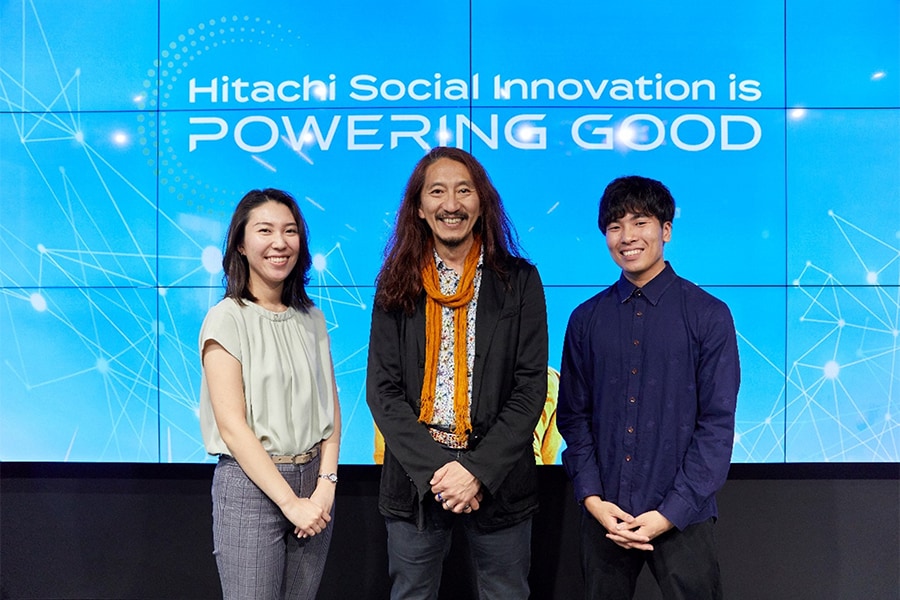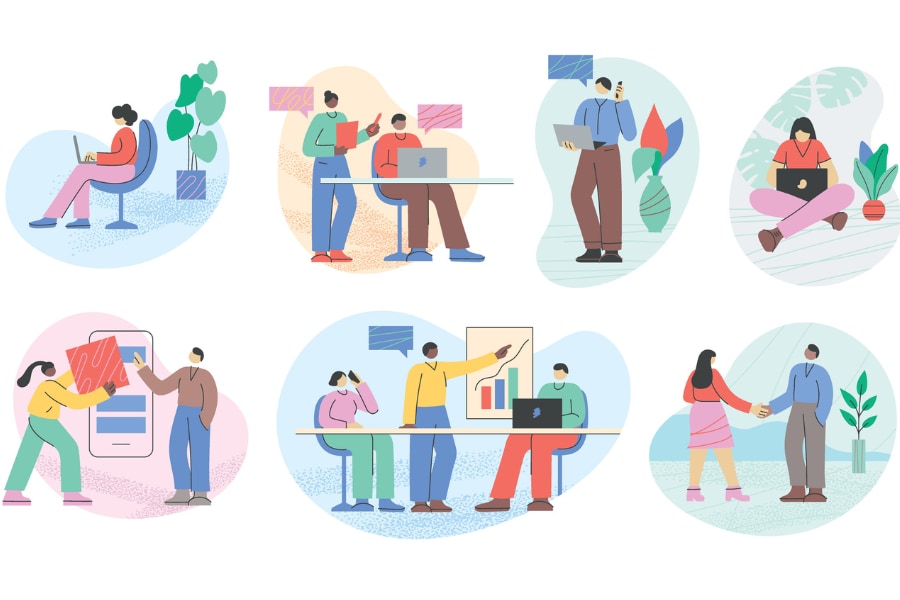What is the "Planetary Boundaries" concept: Indicating the limits of the global environment
Digital Natives and Generative AI: Giving it a Try, Over and Over Again
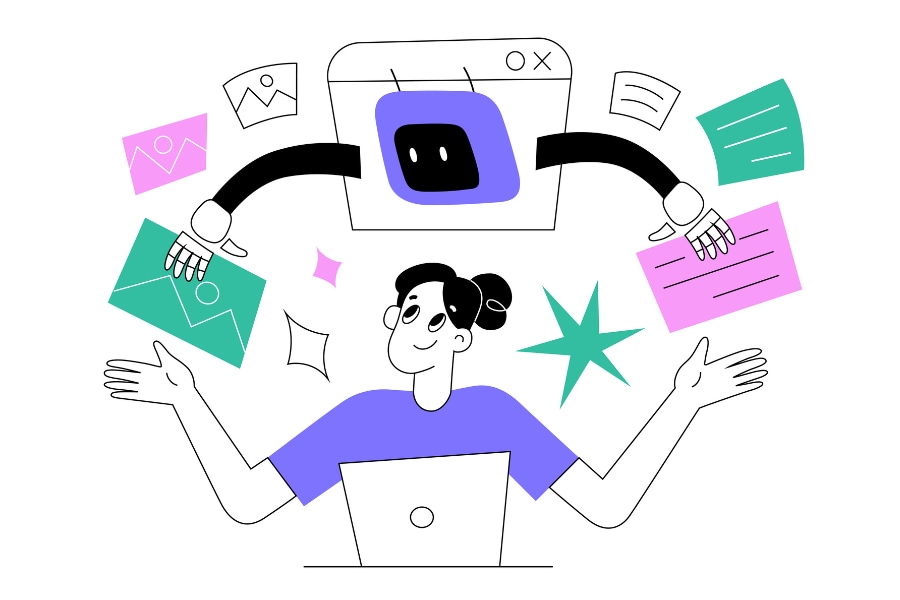
Generative AI, such as ChatGPT and Stable Diffusion, which creates text and images, are increasingly being used in business. In particular, young employees of the digital native generation are sometimes demonstrating unexpected use of generative AI in their daily work. This article details the tips and interesting ways in which two young talents at Hitachi use generative AI and in what specific situations they make full use of it.
Using text generation AI up to 80 times per day
Risa Watanabe, who started working at Hitachi, Ltd. in 2022 as a data scientist, regularly uses ChatGPT, a text generation AI developed by OpenAI in the U.S., in her work. If you type a question or request text into ChatGPT, you will receive an answer in natural text, as if it were written by a human.
“The key is to just try it out without any great expectations,” says Watanabe. She says she uses ChatGPT up to 80 times a day at work.
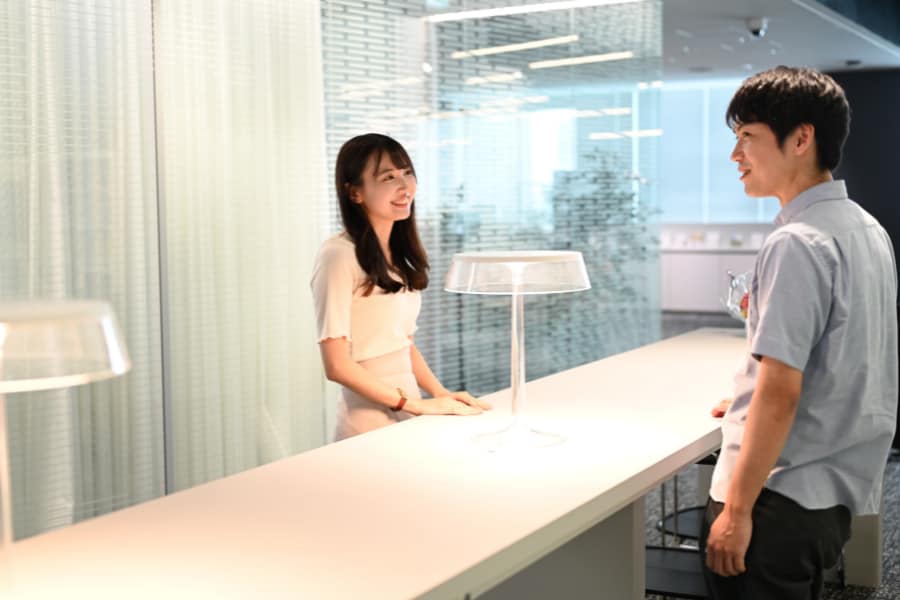
Watanabe also uses ChatGPT for emails and to lay out documents, but she also often uses it when she encounters unfamiliar words while working. She does not interrupt meetings to ask a question but rather uses ChatGPT. She says that, while internet search engines can do the same thing, relying on ChatGPT is convenient because it eliminates the hassle of choosing a site and reading through it yourself.
When she is not satisfied with the answers she receives when looking up a word, she finds that she is more likely to get a satisfactory answer if she asks for another explanation, including text in her query such as, “Explain in such a way that a middle school student can understand” or “Use an explanation that a beginner data scientist can understand.” Using such text in the query as “With examples” and “With procedures included” is also effective, she said.
The ChatGPT language model, GPT-3.5, collects text data that was published on the internet before September 2021. Therefore, you need to be creative when looking up the latest information. Using an internet search engine to look up the latest information, entering all the text on the site into ChatGPT, and having it summarize the main points enables you to get the information you want to know in less time.
“ChatGPT is not just for research,” Watanabe explains, “but it can also be used to check for errors in text. For example, “When asked if the logic of the sentence ‘He doesn't exercise, so he gets fat,’ is correct, ChatGPT affirms: “Lack of exercise can cause weight gain, and it can be said that this sentence is a general statement of fact.” However, ChatGPT warns that “many factors affect an individual's weight and health, so it may not be true in all cases,” reminding users that they must pay attention to the overall context of the text.

Once registered, ChatGPT's language model, GPT-3.5, can be used free of charge1. It is predicted that it will be used in a variety of settings, but because of the risk of leaking information that has been entered, Watanabe follows Hitachi in-house guidelines and does not input confidential information.
Images: Created in less than a minute
Kentaro Kawabata has been working at Hitachi, Ltd. for three years. He works as a creative technologist to help customers come up with ideas for digital transformation (DX) and to create images and prototypes that make it easy for anyone to visualize their ideas. The first ideas that emerge when collaborating with customers are abstract ideas. Kawabata creates detailed key visuals in order for the client and developer to share a common understanding. It requires many days for repeated coordination among the customer, the developer, and the designer who draws the key visual.
On the other hand, the customer requires quicker submission of key visuals for fast DX. Therefore, Kawabata decided to try the latest digital technology to see if he could streamline the process. He turned to Stable Diffusion, an open-source image generation AI. While adhering to Hitachi in-house guidelines to prevent information leaks, he tried it out in his work and found that it simplified processes from language to image materialization, reducing the work to complete a key visual that used to take days to a few hours.
Kawabata says: “Various settings can be changed, but there is usually no need to do anything too difficult. Just type in the request, and generative AI will understand what you want.”
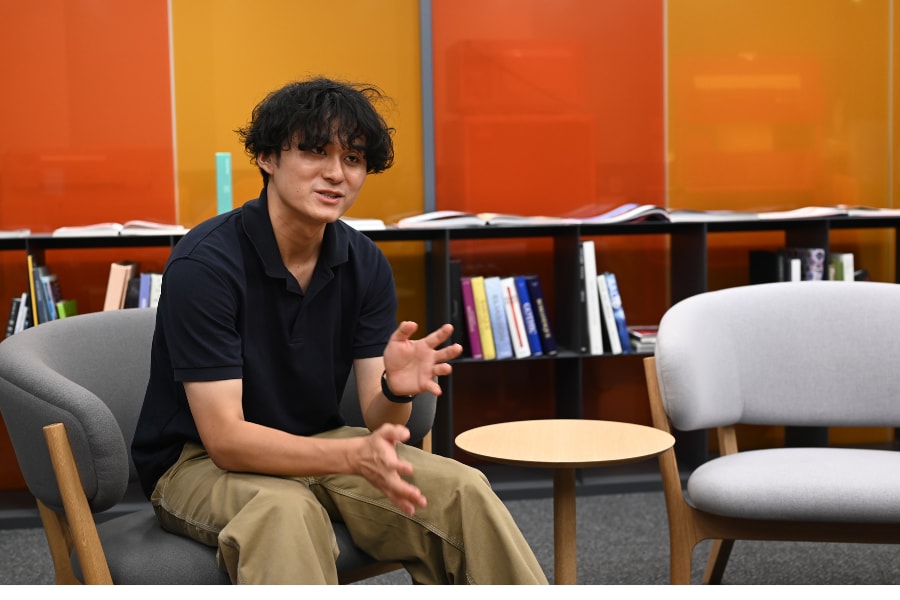
As Kawabata said, Stable Diffusion is easy to use. All you have to do is enter words that remind you of the image, and the image will be generated. It does not have to be a sentence, just a list of words separated by commas is fine. English is the preferred language for the input text, but if English isn’t your first language, you can use a free publicly available translation site to translate the text into English.
For example, if you want to increase the image quality, type "4K," if you want to output a photo or painting-like image, type "photo" or "painting." This changes the type and quality of image that is generated.
Kawabata says: “I often don't get the image that I want the first time, but it takes less than a minute to generate one image, so I can try many times,” which he says results in him generating about 300 images for one document. Because several images can be generated at the same time, it takes about an hour to generate 300 images. Of those 300 images, he selects two or three as candidates and then works with the designers to draw the final key visuals while obtaining feedback from clients and developers.
Kawabata says: “I have not really honed my drawing skills, but I realized the potential for significant time savings because I could quickly create prototype images that reflected the opinions of all parties involved.”
In addition to his own use of Stable Diffusion, Kawabata is also compiling know-how on image generation using generative AI, including Stable Diffusion, in-house. He shares the know-how with related operations that need to create images with the aim of across-the-board streamlining.
Stable Diffusion is freely available without registration2, and while anyone can use it, care is required. Kawabata cautions, “As copyright issues remain with the generated images, we do not use or sell the images as-is for business purposes.”
*1 ChatGPT:https://chat.openai.com/
*2 Stable Diffusion Online:https://stablediffusionweb.com/#demo

